- A.1 Neural development
- A2 The Human Brain
- A3 Perception of stimuli
- A4 Innate and learned behaviour - HL
- A5 Neuro-phamacology - HL
- A6 Ethology - HL
- Exam style question on A1
- Model answer
- Extra exam style question on A1
- Model answer
- Model answer
- Model answer
- Model answer
- Model answer
- Model answer
- Multiple Choice questions
- Drag and drop activities

This section explains the details which students are required to know.
There are understandings, skills and suggestions for revision questions.
A.1 Neural development
- Embryonic chordates form a neural tube by in-folding of the ectoderm followed by elongation of the tube formed.
- Differentiation of cells in the neural tube produces neurons.
- Immature neurons migrate to their final location.
- Each immature neuron grows an axon in response to chemical stimuli.
- Some axons extend out of the neural tube to reach other parts of the body.
- Note: Terminology relating to embryonic brain areas or nervous system divisions is not required.
-
- Multiple synapses are formed by developing neurons.
- Synapses that are not used do not persist.
- Neural pruning involves the loss of unused neurons.
- The nervous system has plasticity, the ability to change with experience.
Revision Question(s)
- How does the nervous system form in a developing embryo?
- Which cells are the first to become nerve cells?
- How do the cells organise themselves to form a nervous system.
- What is the role of connections between neurones in the development of the nervous system?
- What happens to unused synapses?
- What happens to synapses which are used regularly?
Skills ( can you ...)
- Understand how brain function may be reorganized after a stroke.
- Apply an understanding of closure of the embryonic neural tube to the condition spina bifida in which the tube closure is incomplete..
- Annotate a diagram of embryonic tissues in Xenopus, used as an animal model, during neurulation
A2 The Human Brain
- The brain is formed from expansion of the anterior part of the neural tube.
- Brain metabolism requires a lot of energy.
-
- Skill: Identification of parts of the brain in a photograph, diagram or scan of the brain, including the medulla oblongata, cerebellum, hypothalamus, pituitary gland and cerebral hemispheres.
- The brain stem contains the autonomic nervous system which controls involuntary processes in the body. For example: Swallowing, breathing and heart rate coordinated by the medulla.
- Application: Use of the pupil reflex to evaluate brain damage.
-
The cerebral cortex is larger (in proportion) and more highly developed in humans than other animals. - An increase in the total area of the cerebral cortex has extensive folding so it fits within the cranium.
- The cerebral hemispheres are responsible for higher order functions.
- Different parts of the brain have specific functions. For example; Visual cortex, Broca’s area and nucleus accumbens.
- Application: Use of animal experiments, autopsy, lesions and fMRI to identify the role of different brain parts.
- The left cerebral hemisphere receives sensory input from sensory receptors in the right side of the body and the right side of the visual field in both eyes and vice versa for the right hemisphere.
- The left cerebral hemisphere controls muscle contraction in the right side of the body and vice versa for the right hemisphere.
Revision Question(s)
-
How can a neural tube structure develop into a brain and spinal cord?
-
What are the main structures found in the brain called?
-
What is the general function of each structure?
- How do biologists find out about different structures of the brain?
- Why does an large and extensively folded cortex in humans give humans better higher order thinking skills than animals without so many folds?
- What are higher order thinking skills?
- Is it true that the left hemisphere controls the right side of the body?
Skills ( can you ...)
- Appreciate that exceptions occur to any rule, for example the brain can even reorganize itself following a disturbance such as a stroke.(It is the rule that specific functions can be attributed to certain areas, brain imagery shows that some activities are spread in many areas)
- Look at electroencephalogram images and recognise abnormal patterns that can be used to diagnose conditions, e.g. Angelman syndrome, which is a genetically inherited condition.
- Analyse correlations between body size and brain size in different animals.
A3 Perception of stimuli
- Receptors detect changes in the environment. e.g. Humans sensory receptors - mechanoreceptors, chemoreceptors, thermoreceptors and photoreceptors.
- Application: Detection of chemicals in the air by the many different olfactory receptors.
- Rods and cones are photoreceptors located in the retina - they differ in their sensitivities to light intensities and wavelengths.
- Bipolar cells send the impulses from rods and cones to ganglion cells.
- Ganglion cells send messages to the brain via the optic nerve.
- The information from the right field of vision from both eyes is sent to the left part of the visual cortex and vice versa. (covered in the cerebral cortex work in section A2.)
- Structures in the middle ear transmit and amplify sound.
- Sensory hairs of the cochlea detect sounds of specific frequency.
- Impulses caused by sound perception are transmitted to the brain via the auditory nerve.
- Hair cells in the semicircular canals detect movement of the head.
Revision Question(s)
- 5% of your genes code for chemoreceptors in the nose. Why is the sense of smell so important in animals?
- Chemoreceptors have receptor molecules, but how do the photoreceptor cells of the retina detect changes in the environment?
- What are the four different types of receptor?
- What are the two types of photoreceptor in the eye and how do they differ?
- through which neurones are the photoreceptors connected to the brain?
- How do the eyes' left and right fields of view connect to the visual cortex?
Skills ( can you ...)
- Label a diagram of the structure of the human eye - including sclera, cornea, conjunctiva, eyelid, choroid, aqueous humour, pupil, lens, iris, vitreous humour, retina, fovea, optic nerve and blind spot.
- Annotate a diagram of the retina recognising cell types - rod and cone cells, bipolar neurons and ganglion cells and the direction in which light moves.
- Use your knowledge of the retina to explain red-green colour-blindness as a variant of normal trichromatic vision.
- Label the structure of the human ear, including pinna, eardrum, bones of the middle ear, oval window, round window, semicircular canals, auditory nerve and cochlea.
- Apply your knowledge of the cochlea to explain the use of cochlear implants in deaf patients.
A4 Innate and learned behaviour - HL
- Innate behaviour develops independently of the environment (is not learned) it is inherited.
- Reflexes are involuntary responses (Autonomic)
- A reflex arc is made of the neurons that make up reflexes.
- Reflex conditioning is the formation of new associations between stimulus and response.
- Learned behaviour develops as a result of experience (of stimuli in the environment).
- Imprinting is a type of rapid learning which occurs at a particular life stage and which is not 'unlearned' through other types of learning.
- Operant conditioning is type of learning through trial and error experiences.
- Gaining a skill or knowledge is called 'learning'.
- Encoding information, storing it and then accessing the information is Memory.
Revision Questions
- What is the difference between innate and learned behaviour?
- What part do reflexes play in innate behaviour?
- Which neurons make up a reflex arc?
- How do imprinting, conditioning and operant conditioning modify reflexes?
- What is memory?
Skills (can you ...)
- Describe Pavlov’s experiments into reflex conditioning in dogs.
- Explain of how inheritance and learning both contribute to birdsong acquisition.
- Analyse data from invertebrate behaviour experiments and relate these to the chances of survival or reproduction.
- Relate reflex arc structure to the pain withdrawal reflex of the hand.
- Label a diagram of the pain withdrawal reflex, including a receptor cell, sensory neuron, relay neuron, motor neuron and effector.
A5 Neuro-phamacology - HL
- Neurotransmitters can excite nerve impulses in postsynaptic neurons or inhibit them (It depends on the neurotransmitter).
- The summation of excitatory and inhibitory neurotransmitters received from pre-synaptic neurons either initiates or inhibits nerve impulses in post-synaptic neurons.
- The modulation of fast synaptic transmission in the brain involves different slow-acting neurotransmitters.
- These slow-acting neurotransmitters cause changes in neurones leading to memory and learning.
- Postsynaptic transmission in the brain can be increased or decreased by psychoactive drugs.
- Aesthetics can decrease or prevent neural transmission between sensory receptors and the CNS.
- Stimulant drugs (nicotine, cocaine or amphetamines) mimic the sympathetic nervous system and stimulate neural transmission.
- Sedative drugs (benzodiazepines, alcohol or tetrahydrocannabinol (THC)) can decrease neural transmission.
- Three factors can lead to Addiction;
- genetic predisposition, social environment and dopamine secretion.
Revision Questions
- What happens if you only release a very small amount of neurotransmitter into a synapse? Will an impulse always be passed across the synapse?
- How do some neurotransmitters inhibit the generation of an action potential in a post-synaptic neurone?What is the difference between fast and slow acting neurotransmitters?
- How do neurones change when we are learning?
- What makes a drug Psychoactive?
- Name two stimulant drugs and two sedative drugs.
- Which neurotransmitter and which receptor is used by the sympathetic nervous system?
- Specifically, how do nicotine and cocaine mimic the sympathetic nervous system?
- What effects do sedative drugs have on synapses?
- How do sedative drugs affect transmission of an impulse across a synapse?
- How can genes affect a person's risk of addiction?
- How do changes in dopamine secretion lead to addiction?
- Why could social environment increase the risk of addiction?
Skills (can you ...)
- Explain the specific effects of two stimulants and two sedatives on the nervous system.
- Understand how anaesthetics affect awareness and how Endorphins can act as painkillers.
- Analyse data showing the impact of MDMA (ecstasy) on serotonin and dopamine metabolism in the brain.
A6 Ethology - HL
- The study of animal behaviour in natural conditions is called Ethology.
- Animal behaviour can be changed by natural selection when it has a genetic basis. For example Migratory behaviour in blackcaps.
- Natural selection increases the frequency of behaviour that improves the chances of survival and reproduction in a population. For example foraging behaviour in shore crabs through (learning) optimal prey choice or breeding strategies in coho salmon populations.
- Learning can increase the frequency of behaviour in a population more rapidly than natural selection of innate behaviour. It promotes the spread of the behaviour, or it can reduce the frequency of a dangerous behaviour.
- Feeding on cream from milk bottles in blue tits as an example of the development and loss of learned behaviour.
Revision Questions
- How does Innate behaviour improve survival chances?
- How does natural selection benefit animals with behaviours which increases their survival chances?
- Give examples of how behaviour affects feeding and breeding.
- Why do you think learning changes behaviour more rapidly than natural selection?
- Give an example of learned behaviour and how it improves survival chances.
Skills (can you ...)
- Describe local examples that can be observed, should be studied if possible.
- Describe blood sharing in vampire bats as an example of the development of altruistic behaviour by natural selection.
- Use courtship in birds of paradise as an example of mate selection.
- Explain how synchronized oestrus in female lions in a pride as an example of innate behaviour that increases the chances of survival and reproduction of offspring.
Exam style question on A1
Answer the question on a piece of paper, then check your answer against the model answer below.
Outline the process of neural pruning in the formation of the central nervous system [4]
.............................................................................. ............................................................................
.............................................................................. ............................................................................
.............................................................................. ............................................................................
.............................................................................. ............................................................................
Click the + icon to see a model answer.
Multiple Choice questions
This will be a self-marking quiz containing questions covering parts of the topic outlined above. There are no questions like this in the exam, but it is a good test of basic understanding.
*** coming soon ***
Drag and drop activities
Test your ability to construct biological explanations using the drag and drop question below.
A1 The nervous system can adapt.
formation neurones experience functions pruning change learning
Plasticity is the ability of the brain to or adapt based on . This can be due to the or reorganization of neural pathways, to change structure as a result of and to adapt to trauma by moving to different areas of the brain.
Plasticity involves creating or synapses and pathways and the production of .
The brain can adapt function by creating neural pathways.
A2 The brain has autonomic functions.
Drag and drop the correct term into the gap to outline the autonomic functions of the brain.
vagus modified conscious cerebellum hypothalamus sweating ventilation medulla pituitary gland involuntary heart rate
The autonomic nervous system controls the actions of the body. These are not under contol but can be voluntarily in some cases.
Autonomic control is exerted in the brain stem, commonly in the and the medulla.
Examples of autonomic control by the of the brain include adjustment of the through the accelerans and nerves and the control of rate.
Examples of autonomic control by the hypothalamus include and vasodilation to lower body temperature.
A3 The cells of the retina have particular functions.
Bipolar optic several auditory wavelength ganglion single colour intensity absorption cones action sensitive rods
The photoreceptors are and cones. Rods are very to light and only function in dim light. They are only sensitive to of light so do not distinguish colours. There are three types of , red, blue, and green with different spectra for light giving vision due to the of light absorbed by each cone type.
cells transmit impulses from rods and cones to cells that transmit the impulses through the nerve to the visual centre of the brain. Single cone cells synapse with a bipolar cell giving high image resolution (“sharpness”) whereas rods are attached to a single bipolar cell giving greater sensitivity but a less accurate image.
You must also be able to annotate (not draw) a diagram of the retina.
A4 The withdrawal reflex in a human in response to touching a hot object.
sensory motor grey contraction mechnaoreceptors relay thermoreceptors white transduce action effector
The in the skin the energy of the heat stimulus into an potential which travels down the axon of the neuron to synapse with a neuron in the matter of the spinal cord. The relay neuron synapses with a neuron which transmits the impulse to synapses with the muscle causing and withdrawal of the limb from the hot object.
You must also be able to annotate and draw a diagram of a reflex arc.
A5 Drug addiction factors
receptor parental neurotransmitter reuptake cultural illegal genetic dopamine peer single acetylcholine pleasure
Addiction to a drug can be affected by several factors:
- The effect of the drug on secretion. Dopamine is a brain which is associated with the feeling of and some drugs increase dopamine secretion or inhibit at the synapse.
- The nature of the drug itself, it may be addictive with or longer term usage.
- A predisposition in that some individuals possess variants of the dopamine gene making them more likely to become addicted.
- Societal pressures such as pressure, mental health issues and traditions play a role in initiating or maintaining drug usage.
Repeated or, in some cases, single use of certain drugs can lead to addiction which can cause emotional or physiological dependence on the drug.
A6 Innate behaviour, like physical features, evolves by natural selection.
innate later learnt survival availability earlier pass choices behavioural frequency
The members of the species which have characteristics that enhance the chance of are more likely to breed successfully and on these characteristics to their offspring, altering the gene and the innate behaviour of the population.
An example of this is seen in behaviour of bird breeding cycles. Certain birds in a population may breed earlier in the breeding season than others. Global warming has meant that early breeders have greater food for the nestlings, increasing their chances of survival altering the gene frequency in the population towards breeding.
Changes in genes or gene frequency in a population can evolve slowly over time to alter the innate behaviour of a species.


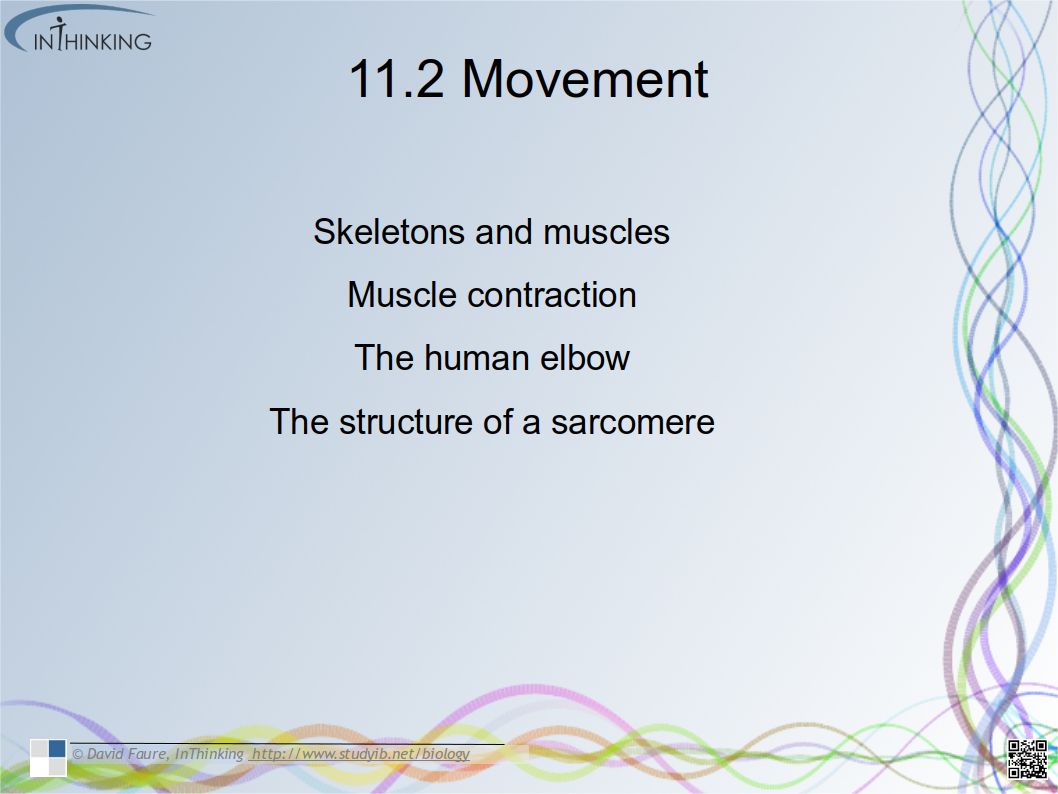
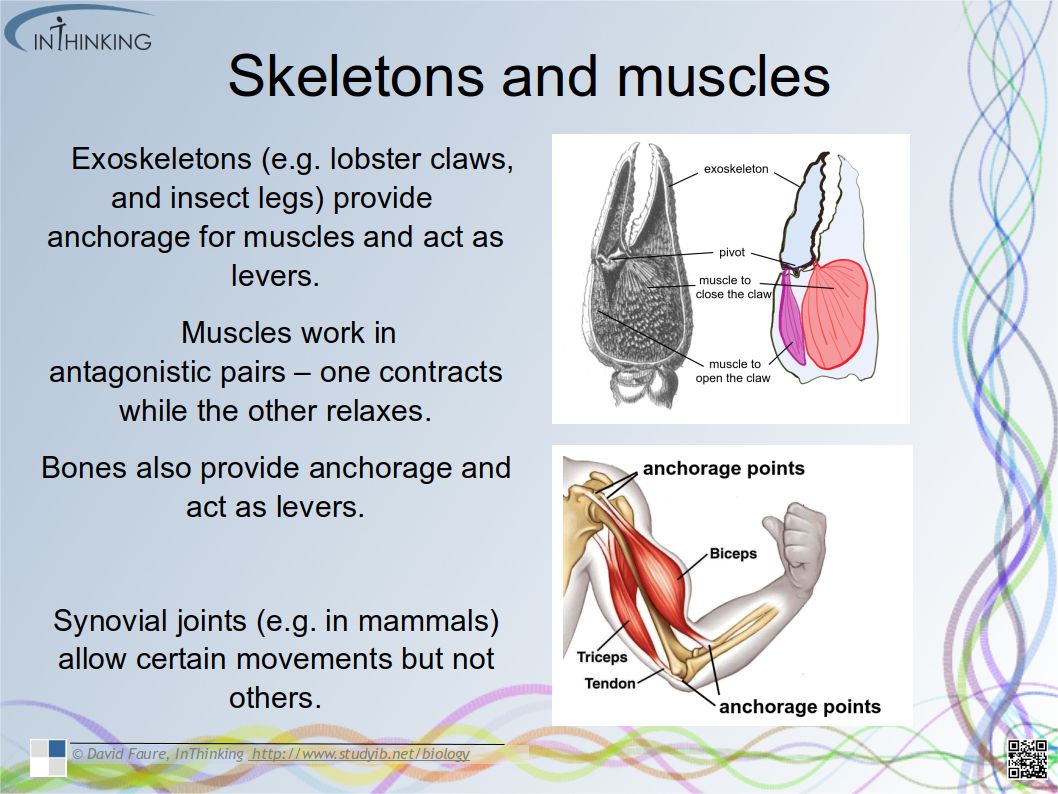
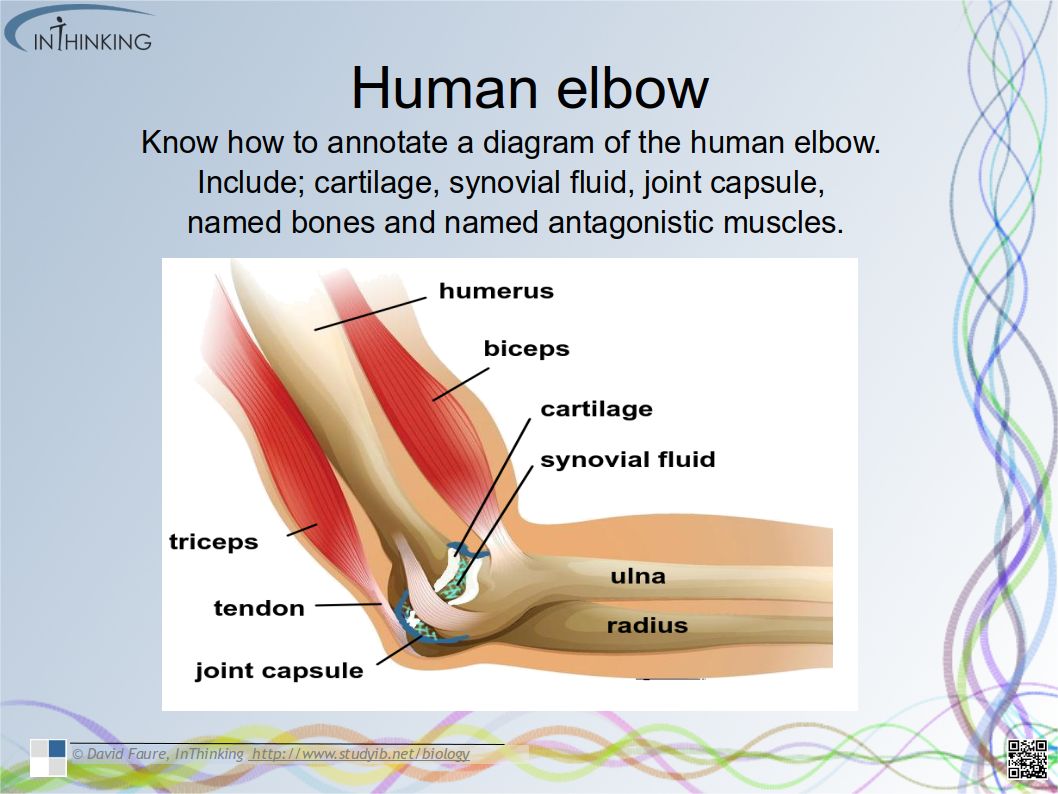

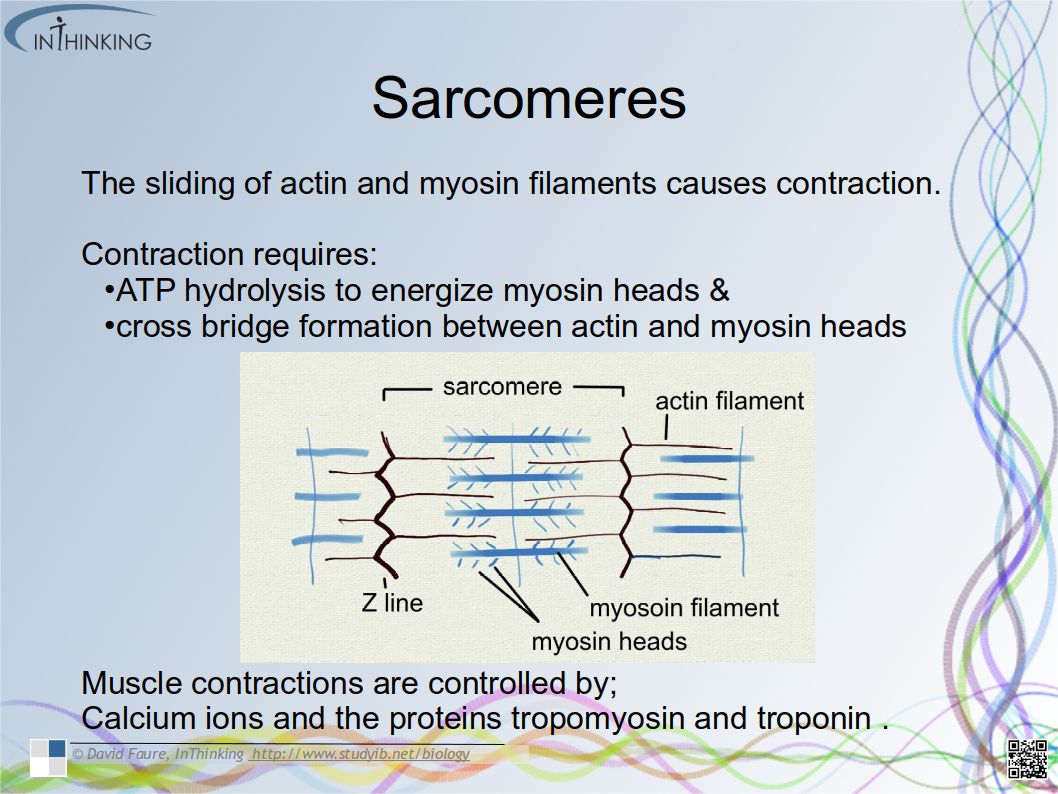

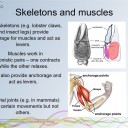
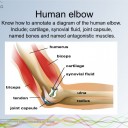

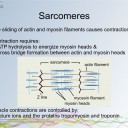
 Twitter
Twitter  Facebook
Facebook  LinkedIn
LinkedIn